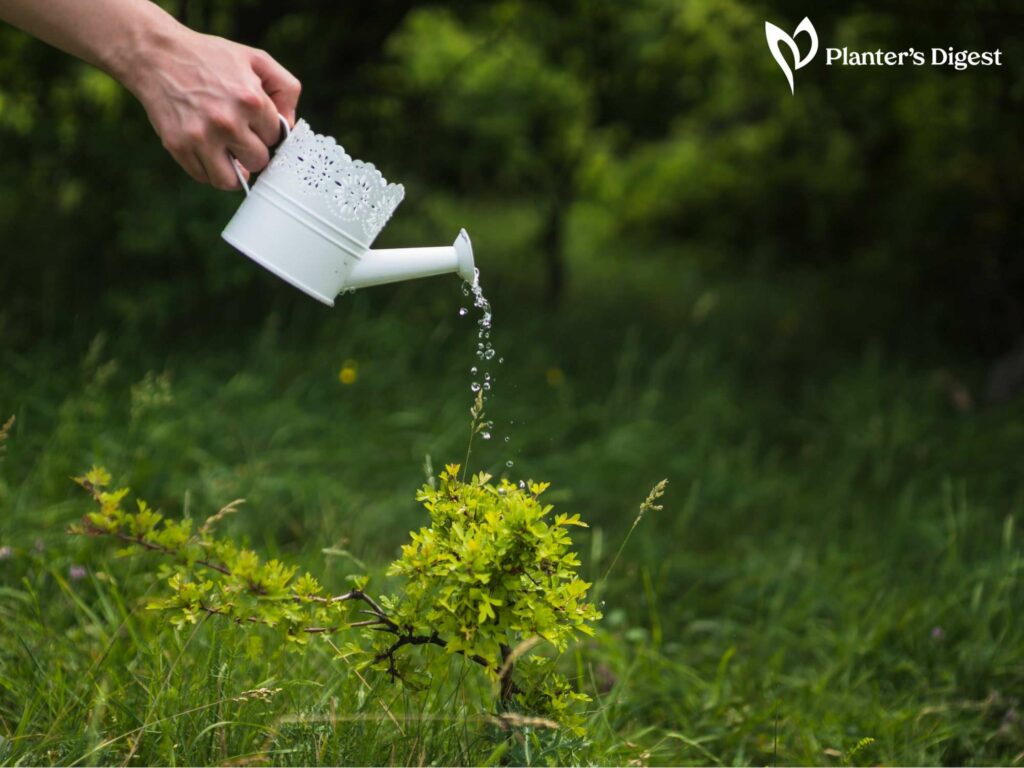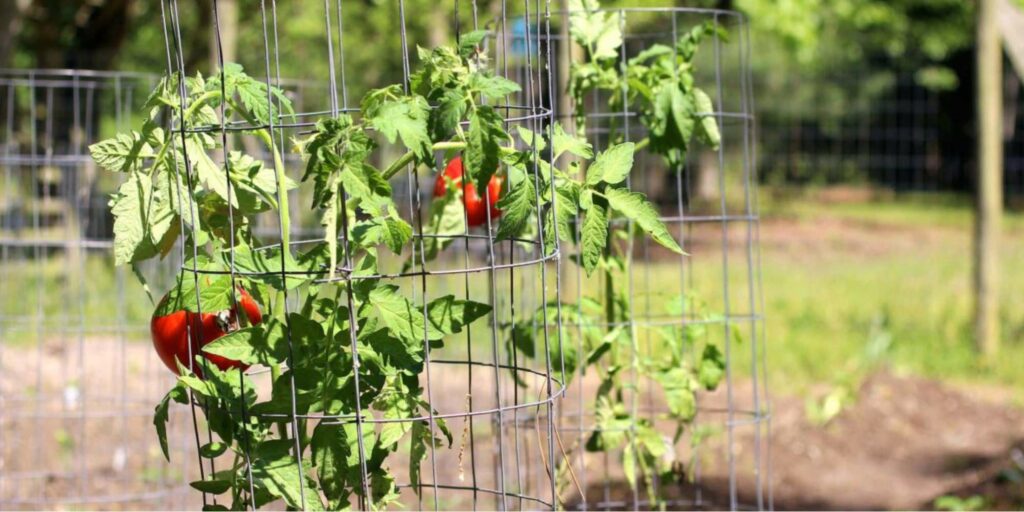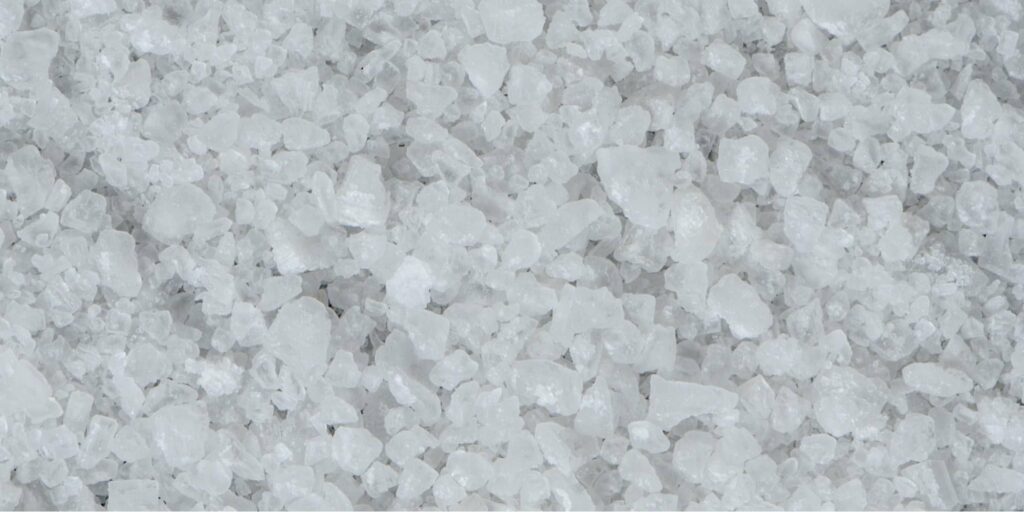Did you know that an average amount of soil contains 25% of water? This means more one-fourth of soil works to keep the plant hydrated.
Fun fact: Clay can hold the most water because its small particles and large surface area allow the most water to stick to the soil. Every 100 grams of clay can hold thrice as much as 300 grams of water.
In this article, we’ll walk you through the water retention capacities of various types of soil and how to use them in your garden. We’ve also added proven and tested tips on how to make your soil retain more water.
Types of Soil and Their Water Retention Capacity
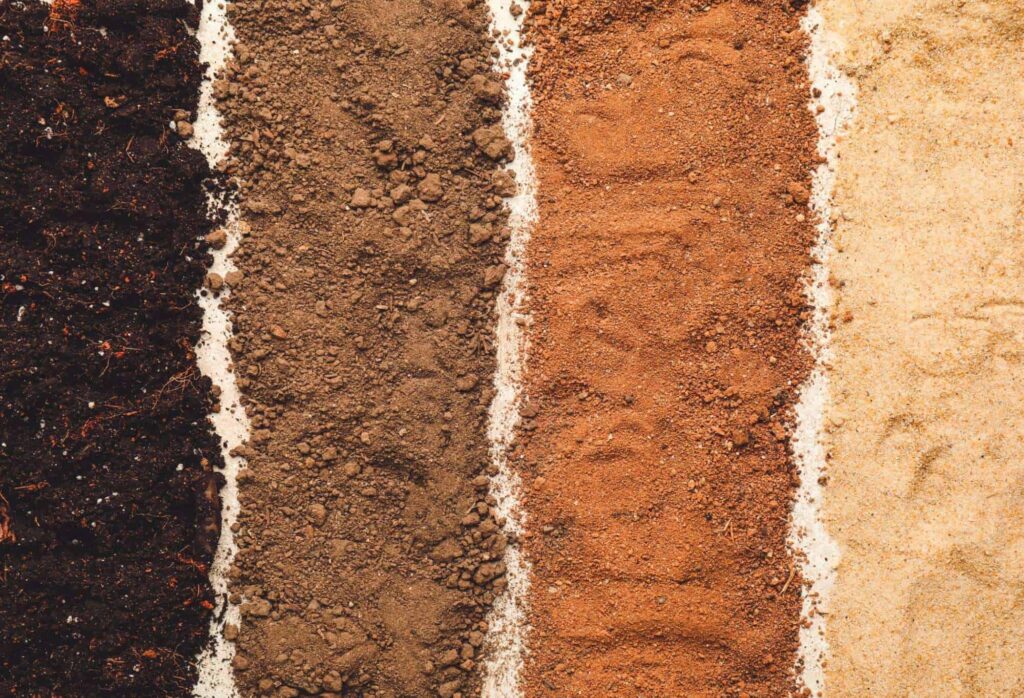
Here is a table of the water retention capacities of different types of soils.
| Soil Type | Water Holding Capacity (percentage) | Water Holding Capacity (feet) | Best Use for Gardening |
| Sand | 10-20% | 0.8”/ft | Cacti Succulents Drought-tolerant plants |
| Silt | 150-200% | 1.6”/ft | Most plants |
| Clay | 200-300% | 1.35”/ft | Vegetable Flowering plants Moisture-loving plants |
| Loam | 15-30% | 2.4”/ft | Most plants |
Sand has the smallest water retention capacity as it is the coarsest type of soil and drains quickly. Sand is generally not ideal for most plants, but it’s still used for drought-tolerant plants like succulents and cacti.
On the other hand, silt has an average water retention capacity and is considered an excellent all-around soil for plants. It’s finer particles than sand but is still coarser than clay soil.
Clay has the finest, most fertile soil and the highest water retention capacity. It’s highly recommended for water-loving plants such as fruits and vegetables.
The sand, silt and clay mixture produces loam soil with a balanced water-holding capacity. It can be used in most plants since they’re easy to work with and provides good drainage and air circulation for the roots.
How To Retain Water in Soil
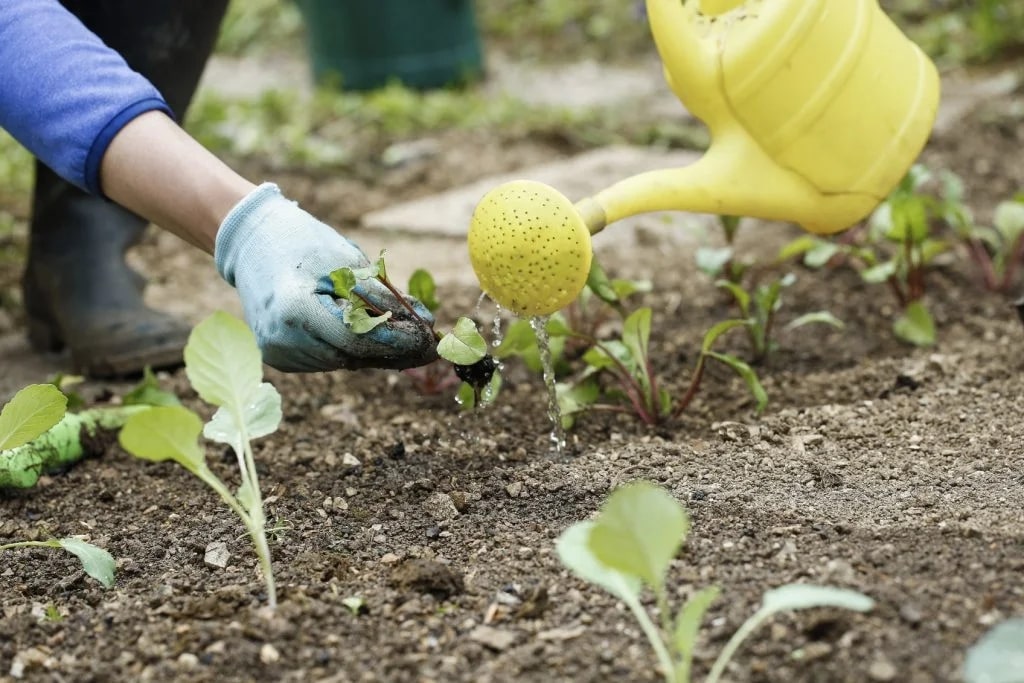
Like humans, plants must be constantly hydrated. Fortunately, you can keep the soil moist by adding organic material, watering deep, adding a layer of mulch and covering your soil.
Read on to learn how each method can help retain water in your soil.
1. Add organic material.
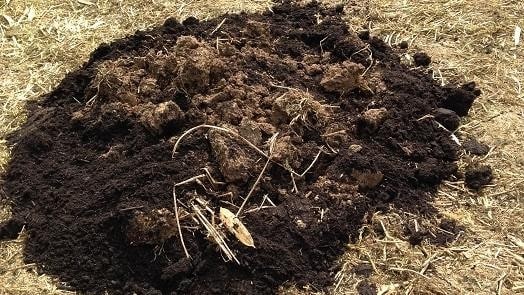
| Difficulty | Easy ●○○○○ |
| Duration | 15 to 45 minutes |
| Things You Need | Organic matter like compost, leaf mold or manure Rake |
Organic matter, such as compost and manure, helps improve the soil’s water retention capacity by breaking matter down into small particles and filling in the gaps in the soil. As a result, these tiny pores help the soil trap more water for the plant’s roots.
How To Do
1. Spread your chosen organic material over the soil’s surface.
2. Using a rake, mix the organic matter with the soil.
3. Water the area with the newly-mixed soil and organic matter.
2. Water deeply.
| Difficulty | Easy ●○○○○ |
| Duration | 15 to 45 minutes |
| Things You Need | Watering can |
Deep watering allows the water to reach the plant’s roots where it’s most needed and encourages the roots to grow deeper. On the other hand, shallow watering encourages roots to grow close to the surface and increases their risk of drying out.
How To Do
1. Direct the watering can close to the roots of the plant.
2. Water the soil and roots until they are fully saturated.
3. Wait to water the soil until it is dry to touch.
3. Add a layer of mulch.
| Difficulty | Easy ●○○○○ |
| Duration | 15 to 45 minutes |
| Things You Need | Mulch like bark chips, straw, or wood chips Rake |
Adding a layer of mulch also helps the soil retain water by preventing its molecules from evaporating. Mulch includes organic materials such as wood chips, straw or tree bark.
Besides retaining soil moisture, mulch helps suppress weeds and improve the soil’s overall structure.
How To Do
1. Spread the mulch around the plants.
2. Add a layer of mulch, leaving a few inches between the mulch and the plant’s stems.
3. Rake the layer of mulch lightly to keep it in place.
4. Cover your soil.
| Difficulty | Easy ●○○○○ |
| Duration | 15 to 45 minutes |
| Things You Need | Shade cloth Shade trees or shrubs |
Covering or adding shade helps reduce the evaporation of water from the soil. You can plant shade trees or shrubs around the plants or use a shade cloth to cover them.
How To Do
1. Plant shade trees or shrubs around the plants.
2. Cover the desired area in the garden with a shade cloth.
FAQs on Soil Water Retention
Sandy soil holds the least amount of water because of its large particles and low surface area which prevents it from storing moisture for plant’s future use.
You can add vermiculite, peat moss, or coconut coir to your soil to improve its water retention capacity. When the soil retains more moisture, it enhances water drainage and prevents watering issues such as root rot.
Loam soil is neither damp nor dry because it combines sand, clay and silt soil. As a result, loam soil has a balanced water retention capacity making it an all-around soil for most plants.
Sandy soil does not hold water well because of its loose and large particles that drain it quickly.
Fertilizers help water retention by balancing the soil’s water content and preserving excess water by keeping them in the fertilizer pellets.


